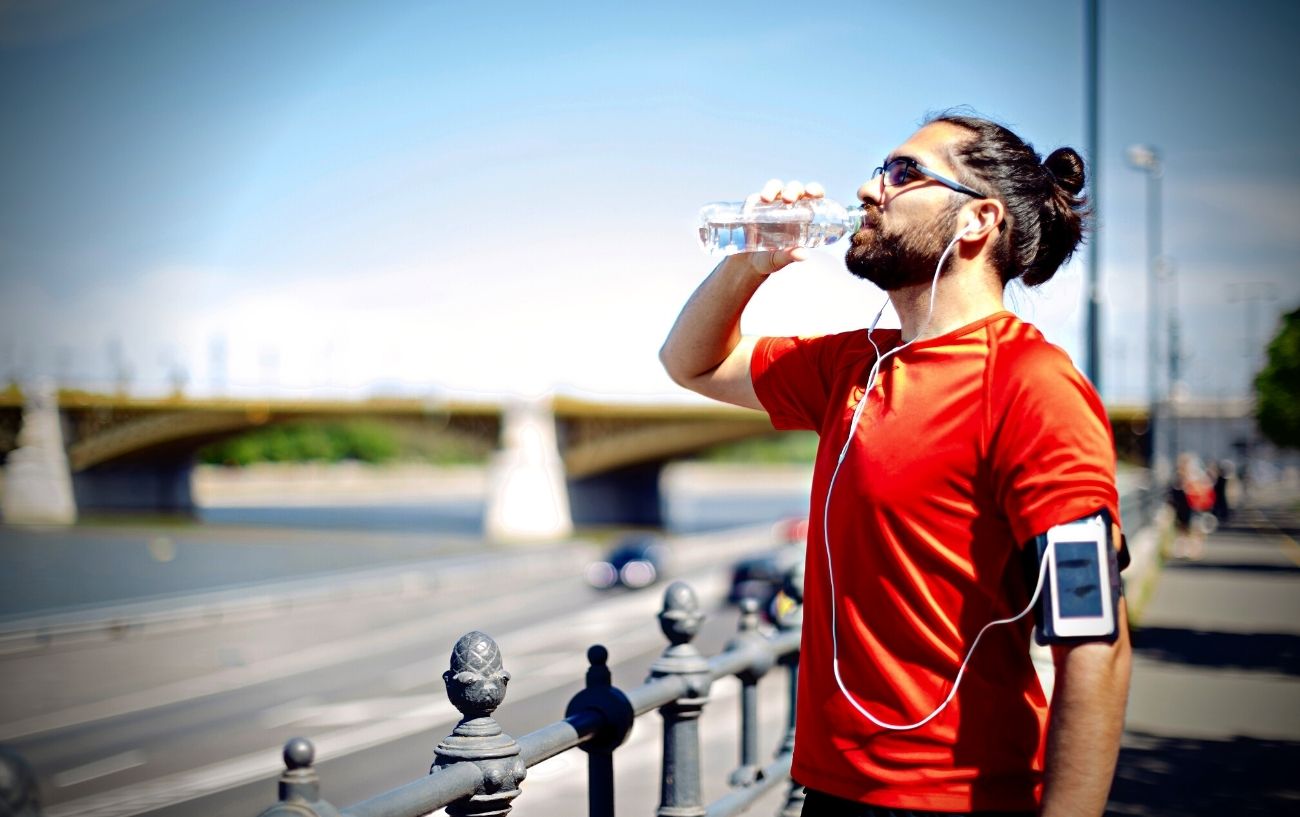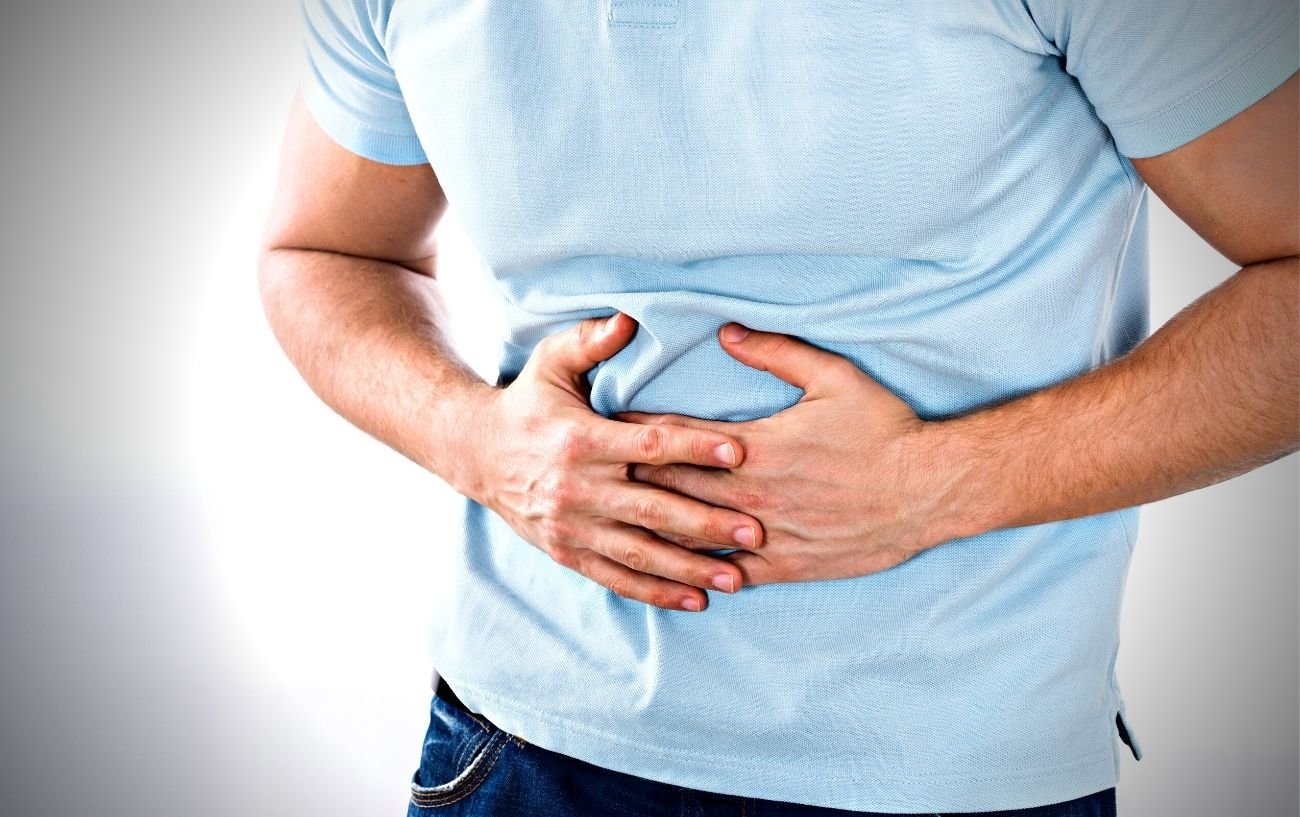If you’ve ever finished a particularly hard running workout or given it your all in a race, your immediate surge of glory and pride might be partially clouded by the sudden urge to vomit.
Nausea after running is an unfortunately common, and certainly undesirable, side effect of hard-intensity exercise and can put a damper on enjoying the afterglow of a good workout.
Throwing up after running or feeling like you want to throw up after working out can occur for a variety of reasons.
Although nausea after running or exercise is certainly unpleasant, it’s usually not a major cause for concern.
That said, having a few tools in your “tool kit“ to stop feeling nauseous after running can make for a more pleasant post-run experience and motivate you to get out there and get your miles in.
This article will discuss the five most common causes of nausea after running or working out and how to stop feelings of nausea after running.

Why Causes Nausea After Running and What Can I Do About It?
If you experience nausea after running, you are not alone. Studies suggest1Samborski, P., Chmielarz-Czarnocińska, A., & Grzymisławski, M. (2013). Exercise-induced vomiting. Przegla̜d Gastroenterologiczny, 8(6), 396–400. https://doi.org/10.5114/pg.2013.39924 that up to 83% of marathon runners complain about various gastrointestinal symptoms associated with their running.
There are several potential reasons why you might feel nauseous or sick to your stomach after running. Here are some of the top causes:
#1: Running Too Soon After Eating
Typically, the most common reason for throwing up after running or feeling like your body is trying to vomit is that when you exercise, particularly high-intensity exercise, your digestive system essentially shuts down.
To properly fuel working muscles with oxygen-rich blood and nutrients, the body has to divert blood away from the stomach and digestive tract so that enough circulates to the muscles, lungs, and heart.
Essentially, your body maximizes the efficiency during exercise by trying to meet the elevated oxygen demand of your heart and muscles by making compensatory reductions in the circulation to nonessential regions, such as the large digestive tract.

Although the stomach and gut will still receive minimal blood flow during exercise to support survival, as much blood as possible is shunted away from this area so that it can instead be diverted to where it is needed most—the working muscles, heart, and lungs.
However, because the blood flow to the digestive organ is minimal, your stomach and intestines do not have the necessary resources to perform normal digestive functions.
For this reason, digestion essentially ceases during exercise, and any remaining food in your stomach or intestines will sit around in a holding pattern until your physical activity has stopped and circulation to the gut has resumed.
As the food sits there, it can begin to ferment and create gas, and even just the sensation or weight of the food in your stomach, coupled with the mechanical jostling and shaking that occurs as you run, can leave you with exercise-induced nausea.
The solution here is not running on an empty stomach but ensuring you consume your carbohydrate rich snacks or meals far enough in advance that they don’t affect your stomach.
Additionally, the harder you push yourself or the higher-intensity workouts you do, the higher the oxygen demand from the muscles and heart. This means that even more blood must be shunted away from the digestive system.
If you are running a marathon or a long run, you’ll need to take in fuel, such as sports drinks, energy gels, or other sources you’ll need to introduce into your stomach.
If you simultaneously push your body at such a high intensity that hardly any digestion can occur, the food and drinks will sit in your stomach without getting digested.
Then, when you stop running, you might be overcome with nausea after exercise and, unfortunately, may see the return of all of your race fueling at your feet.

#2: Consuming Energy Gels
Another often overlooked cause of nausea during running is the ingestion of energy gels without sufficient water intake.
Energy gels, sports drinks, chews, and other race-fueling carb options high in simple sugars can be difficult to digest, even when you aren’t running. The body needs water to help break down and absorb these sticky products.
If you are getting nauseous on your long runs or during marathons or other long races, your fueling strategy could be to blame. It might be that you are consuming too many simple sugars too quickly, particularly in the absence of water.
You might find that you do better with sports drinks that include hydrating fluids as a fueling option.
Or, many runners find that they do better with race-fueling options that contain fewer simple sugars but have a slower-release format that the stomach can tolerate better during exercise. Examples include Ucan and Maurten.

#3: Hydration Issues
Interestingly, both dehydration and drinking too much water or sports drinks with electrolytes while running can cause queasiness after a workout.
Finding the optimal fluid balance and rate of fluid ingestion during running usually takes some experimentation.
Although drinking about 4-6 ounces of water is typically recommended every 15 to 20 minutes, depending on your body size, workout intensity, duration, sweat rate, and the climate or temperature, your own fluid tolerance during running may vary.
Additionally, most runners do best by sipping water or sports drinks during their runs rather than trying to have all 4 ounces in one bolus every 15 minutes.
The slow and steady stream of fluid intake will help give your stomach ample time to absorb the liquids rather than suddenly overloading it with a bunch of water or sports drinks all at once.
However, dehydration can also cause nausea after running, so drinking enough fluid during your workouts is important.
Staying well-hydrated will also help you avoid conditions such as heat exhaustion and heat stroke.

#4: Intra-Abdominal Pressure
When you exercise, particularly when you are doing high-intensity interval training like sprints, there is an increase in intra-abdominal pressure, which means that there is more pressure on the contents of the abdominal cavity, including the stomach.
When you run, you engage your core muscles and breathe more heavily.
As you do so, the diaphragm presses down further into the abdominal space and the core muscles, such as the rectus abdominis, obliques, and especially the transversus abdominis, a deep core muscle that encircles your entire torso like a corset.
These muscles contract more forcefully and repetitively, decreasing the viable space in the abdominal cavity.
Basically, high-intensity running squeezes the organs in the abdomen. When the stomach is squeezed, it can force the contents back up into the esophagus and potentially all the way out, causing you to hurl after running.
Additionally, if you have gastroesophageal reflux disease (GERD), a hiatal hernia, or issues with the sphincter between your stomach and esophagus, you are even more likely to experience GI distress.
All of these conditions increase the ability of the contents of the stomach to travel back up the esophagus to the eventual end result of throwing up.
To help prevent throwing up after running, if you are a runner suffering from GERD, it is best to avoid trigger foods that can exacerbate the condition.
These include tomato products, citrus fruits, other acidic foods such as vinegar, fatty foods, alcohol, and coffee, particularly before running, though at all times in your diet, if possible.

#5: Eating the Wrong Foods Before Running
Although the advice to avoid acidic foods, such as citrus, coffee, processed cheeses, orange juice, and soda, is particularly pertinent for runners with acid reflux or GERD, it’s also a good practice for anyone to avoid these foods before running.
Acidic foods can increase the likelihood of feeling nauseous or throwing up after running because they irritate the stomach.
The entire environment of the stomach is more acidic, which ultimately slows gastric emptying, or the rate at which the contents of the stomach are passed onto the small intestine.
It also increases the experience of a “sour stomach,” which essentially describes an overly acidic stomach that can increase the risk of vomiting whether or not you are exercising.
Throwing running into the mix exacerbates the risk of vomiting even further.
Ultimately, to prevent nausea after running, try to be mindful of what you eat for your pre-workout snack and how long you are wait to run after you eat.
Try to keep your body cool and drink water with electrolyte supplements to hydrate gradually but sufficiently. You may also need to reduce the intensity of your workout and avoid overexertion.
If your GI symptoms persist, you should meet with your healthcare provider to ensure they are not a result of pre-existing medical conditions and help you find the best solution to allow you to run without any discomfort.
Jumping in and out of our workouts without a proper warm-up and cool-down may also cause distress to the body, as you aren’t preparing properly for your session. Read the following guide on how to perform a proper warm-up so you show up prepared:













Thank you for this information. I do have Gerd disease. This all makes perfect sense.